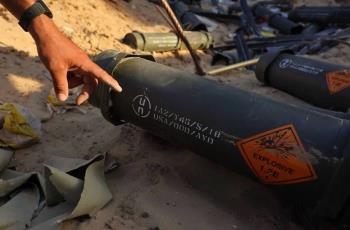Alwaght- Cuba’s National Assembly on Wednesday commenced a two-day process to choose a successor to the incumbent president of the country, Raul Castro.
The 605 members of parliament will have a vote by ballot to elect the parliamentary leaders, the National Assembly president, the vice-president and another 29 members of the State Council. The Cuban Constitution says the State Council president is the head of state and government.
On April 19, the day on which the name of the new State Council president will be made public is quite emblematic for Cuba. It was on April 19, 1961, that the Cuban Armed Forces under Fidel Castro’s command defeated the interventionist forces trained by the CIA at Playa Giron beach.
Since the time of the revolution of 1959, a change of power took place in Cuba only on one occasion, in 2006, when the already seriously ill Comandante Fidel handed over the reins of government to his younger brother Raul.
Time has come now for the 86-year-old Raul Castro to cede the position to a younger person. He has said more than once he had no plans to run for a third term of office.
Analysts are practically unanimous in their conviction that First Vice President of the State Council and the Council of Ministers, Miguel Diaz-Canel, who became person number two in Cuba’s state system in 2013, will be elected the next head of state.
Raul Castro, however, is expected to stand at the head of the Cuban Communist Party, the only political organization in the country, through to 2021. This means he will continue wielding huge influence on the decision-making process.
"For the first time in Cuba’s post-revolutionary history, two different people will be leading the party and the government," said Carlos Alzugaray, the former Cuban Ambassador to the EU. "Two branches of power will appear and it will be interesting to see the way they interact."
Cuban media says the country's new president will be named Thursday. The day also marks the 57th anniversary of the victory of Cuba over the invasion of a counterrevolutionary, US brigade in Playa Girón.
This event changed the history of Cuba. Fifty-seven years later, Cubans celebrate their victory over an invading force of 1,500 men, "equipped, trained and financed by the United States government."



























